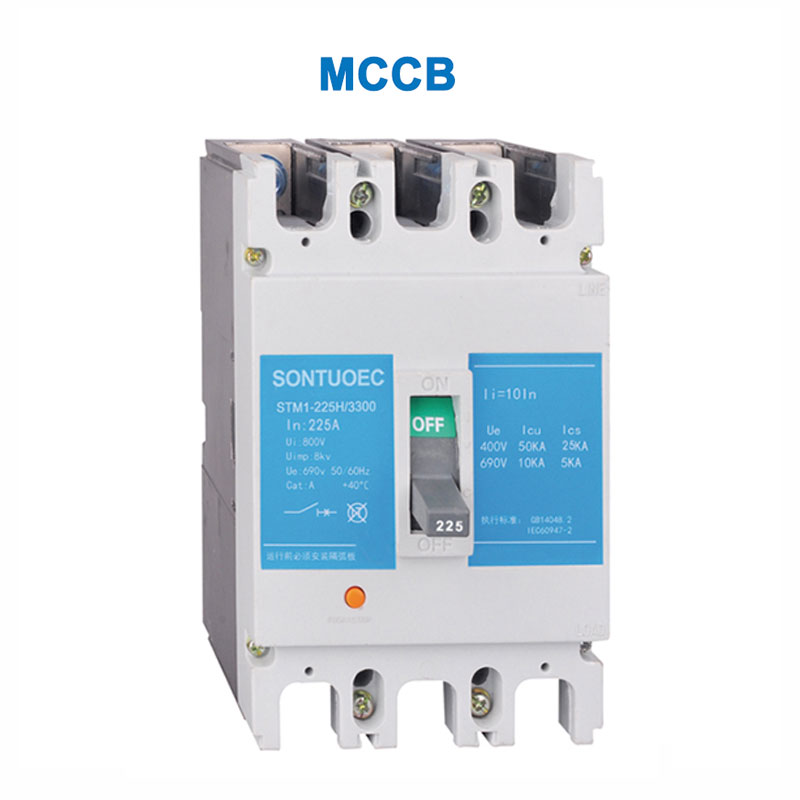How to Choose the Right Circuit Breaker for Your Electrical System
2025-03-18
Circuit breakers play a crucial role in protecting electrical systems from overloads, short circuits, and other electrical faults. Choosing the right circuit breaker is essential for ensuring the safety and efficiency of your electrical setup. This guide will help you understand the key factors to consider when selecting a circuit breaker.
1. Determine the Required Current Rating
The current rating of a circuit breaker refers to the maximum amount of current it can handle before tripping. Selecting the correct rating depends on the electrical load of the circuit. Common ratings for household breakers range from 10A to 60A, while industrial settings may require much higher ratings.
2. Consider the Voltage Rating
Voltage rating indicates the maximum voltage the circuit breaker can safely handle. Standard residential circuit breakers are typically rated for 120V or 240V, while industrial applications may require higher voltage ratings for three-phase systems.

3. Choose the Appropriate Type
Different types of circuit breakers serve different purposes. Some of the most common types include:
- Miniature Circuit Breakers (MCB): Ideal for homes and small businesses to protect against overloads and short circuits.
- Molded Case Circuit Breakers (MCCB): Used in industrial applications for higher current ratings and protection.
- Ground Fault Circuit Interrupters (GFCI): Prevent electrical shocks in wet areas such as kitchens and bathrooms.
- Arc Fault Circuit Interrupters (AFCI): Protect against electrical fires caused by arc faults.
- High-Voltage Circuit Breakers: Used in power grids and industrial plants for high-voltage protection.
4. Evaluate the Breaking Capacity
Breaking capacity is the maximum fault current a breaker can interrupt without damage. For residential use, a typical breaking capacity is 6kA to 10kA, while industrial circuit breakers may require much higher capacities.
5. Ensure Compatibility with Your Panel
Not all circuit breakers are interchangeable. Ensure the breaker matches the electrical panel in terms of brand, model, and mounting style to avoid compatibility issues.
6. Consider Additional Features
Modern circuit breakers come with advanced features such as remote control operation, smart monitoring, and adjustable trip settings. These features can improve system reliability and efficiency.
Conclusion
Selecting the right circuit breaker is vital for ensuring electrical safety and preventing costly damages. By considering factors such as current and voltage ratings, breaker type, breaking capacity, and compatibility, you can make an informed choice that best suits your needs. Always consult a licensed electrician for professional advice when installing or replacing circuit breakers.


